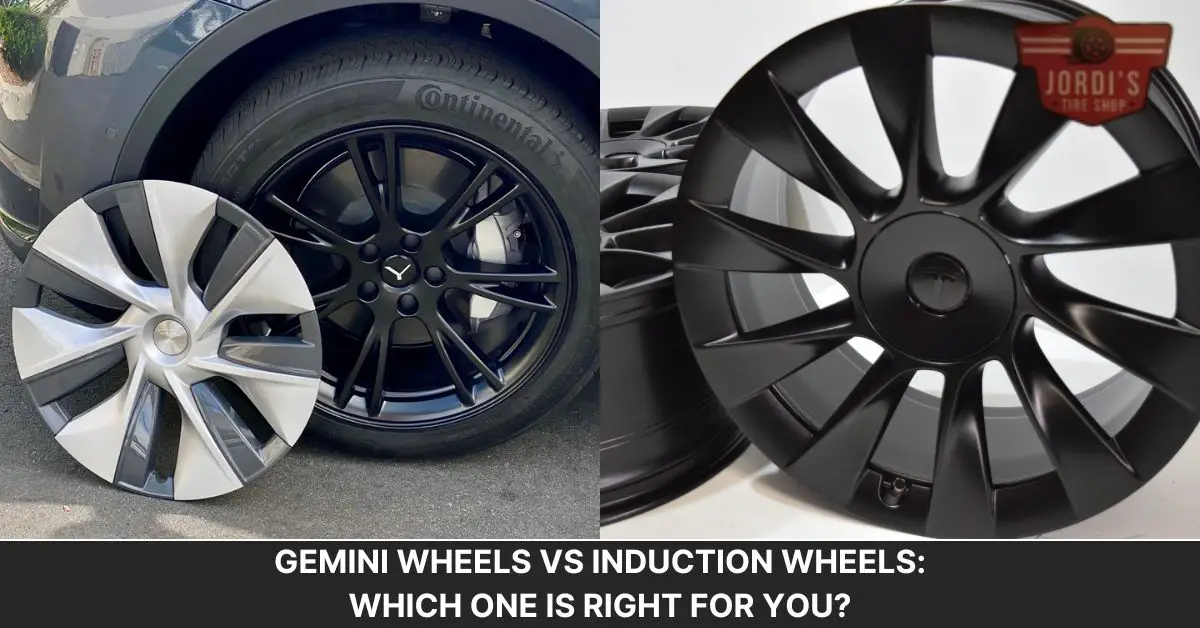When it comes to enhancing the performance and aesthetics of our electric vehicles, the choice of wheels plays a pivotal role. Among the myriad of options, Gemini and Induction wheels have emerged as frontrunners, each boasting its unique appeal and set of advantages. But how do we decide which wheels are the perfect match for our ride?
In the world of electric mobility, where efficiency and style go hand in hand, making an informed choice becomes essential. We’re diving into the nitty-gritty of Gemini wheels versus Induction wheels, breaking down their features, performance metrics, and how they impact our driving experience. Whether you’re a speed enthusiast or a range maximizer, understanding the differences between these wheels can significantly influence your vehicle’s overall performance.
Join us as we explore the key factors that set Gemini and Induction wheels apart. It’s not just about choosing wheels; it’s about optimizing our journey on the road ahead.
Overview of Gemini Wheels
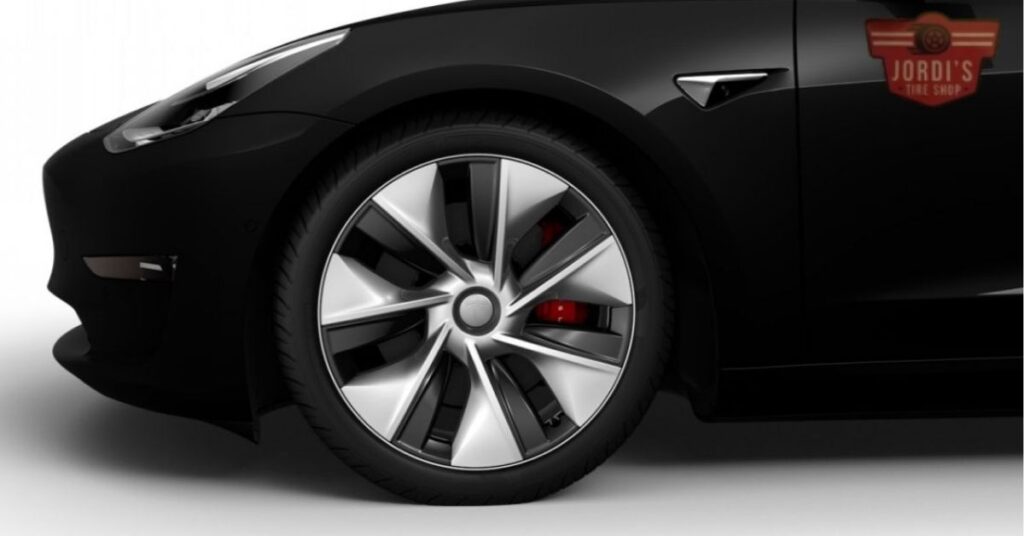
Moving from the general discussion on optimizing vehicle performance through wheel selection, let’s focus our attention on the Gemini wheels. These wheels have become quite popular among electric vehicle enthusiasts, especially for their unique blend of efficiency and design. Gemini wheels are specifically designed to enhance the aerodynamics of electric vehicles, which contributes significantly to improving overall mileage. This makes them an ideal choice for drivers who prioritize long-range travel on a single charge.
Gemini wheels come with a distinctive feature: their aerodynamic hubcaps. These hubcaps play a crucial role in reducing air resistance, which in turn, helps in conserving the vehicle’s energy. Moreover, the design of these wheels emphasizes not just functionality but also aesthetics. The sleek appearance of Gemini wheels adds a modern touch to the vehicle, making it stand out visually.
Another aspect to consider is the material composition of Gemini wheels. They are typically crafted from lightweight materials, which contribute to their efficiency benefits. Lightweight wheels reduce the unsprung mass of the vehicle, allowing for improved handling and better acceleration.
The durability of Gemini wheels is also notable. They are built to withstand various road conditions, from smooth highways to rough, uneven terrains. This durability, combined with their efficiency and design, makes Gemini wheels a compelling choice for electric vehicle owners.
To sum up, Gemini wheels excel in enhancing vehicle efficiency through improved aerodynamics, offer an attractive design that complements modern electric vehicles, and provide durability for diverse driving experiences. As we delve deeper into the specifics of electric vehicle enhancements, it’s clear that choosing the right set of wheels, like the Gemini, can significantly impact your driving satisfaction and your vehicle’s performance.
Overview of Induction Wheels
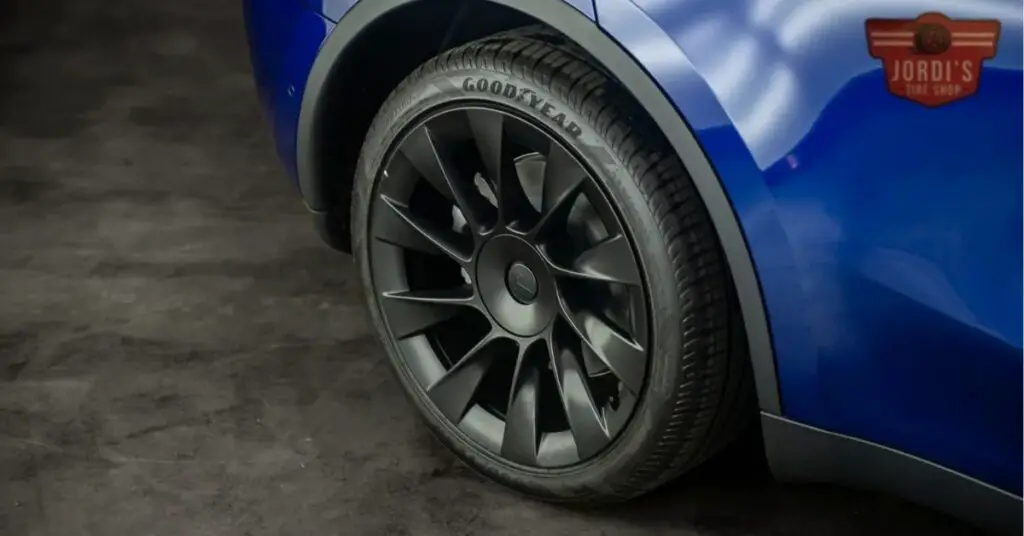
Transitioning from the Gemini wheels, we now turn our attention to Induction wheels, another favored choice among electric vehicle aficionados. Distinct from Gemini wheels, Induction wheels are renowned for their bold, visually striking design. They’re crafted to complement the aesthetics of high-performance electric vehicles while not compromising on efficiency.
Induction wheels boast a larger diameter, typically observed around 20 inches. This size contributes to a more pronounced road presence and can offer improved handling characteristics under certain conditions. The design of Induction wheels is not just about looks; it’s engineered to balance aerodynamic efficiency with cooling benefits for the vehicle’s brake system. This ensures that while driving, performance remains optimal, with less risk of overheating in critical components.
The structure of Induction wheels incorporates a mix of durability and weight optimization. Although they might be slightly heavier than their Gemini counterparts, this added mass is a trade-off for increased stability and strength. Owners of electric vehicles equipped with Induction wheels often report a reassuringly solid ride, particularly at high speeds or when cornering.
Another advantage of Induction wheels is their impact on the vehicle’s range. While perhaps not as optimized for range extension as Gemini wheels, Induction wheels strike a commendable balance between performance aesthetics and efficiency. The difference in range impact is often marginal and can be a worthwhile compromise for drivers prioritizing style alongside sustainability.
Our exploration into Induction wheels highlights their appeal for those seeking a blend of performance, style, and durability. They cater to drivers who demand their vehicle looks as dynamic as it performs, without significantly compromising on the efficiency electric vehicles are known for. This comparison elucidates the importance of wheel selection based on personal preferences and driving needs, ensuring the electric vehicle experience is as rewarding as possible.
Gemini Wheels vs Induction Wheels: Key Differences
Building on our discussion about the importance of selecting the right wheels for electric vehicles, we delve into the key distinctions between Gemini and Induction wheels. Both offer unique benefits, but understanding their differences is crucial for making an informed choice.
Design and Appearance
Gemini wheels stand out for their sleek, aerodynamic design that emphasizes efficiency over bold aesthetics. Their design contributes significantly to extending the vehicle’s range by minimizing air resistance. In contrast, Induction wheels feature a more aggressive, eye-catching design with larger diameters that not only enhance the vehicle’s stance but also improve handling. The distinct looks of Induction wheels appeal to drivers who prioritize style alongside performance.
Size and Weight
Gemini wheels are typically smaller and lighter, a feature that contributes to their efficiency and range benefits. The reduced weight helps in conserving energy, thereby extending the vehicle’s range. On the other hand, Induction wheels are larger, providing a wider contact patch with the road. This attribute translates to improved grip and stability, albeit at the cost of increased weight which can slightly reduce efficiency.
Performance and Handling
The performance and handling characteristics between these wheels are considerable. Gemini wheels offer a smooth, energy-efficient ride ideal for long distances, optimizing the range due to their lighter weight and aerodynamic benefits. Meanwhile, Induction wheels, with their larger size and heft, enhance vehicle handling and stability, especially at higher speeds or in challenging driving conditions. They deliver a more solid ride, giving drivers a heightened sense of control and responsiveness.
Efficiency and Range Impact
Efficiency and range impact is a critical factor in the comparison. Gemini wheels are designed to maximize range, making them an excellent choice for drivers who prioritize distance over aesthetics. Their design and material composition work together to reduce drag. Induction wheels, while slightly less efficient due to their weight and size, offer a balance by providing better handling and performance, which for many drivers, justifies the trade-off.
The choice between Gemini and Induction wheels hinges on personal preferences and driving needs. Whether efficiency and range or style and performance are your priorities, understanding these key differences helps in tailoring your electric vehicle experience to match your desires.
Pros and Cons of Gemini Wheels
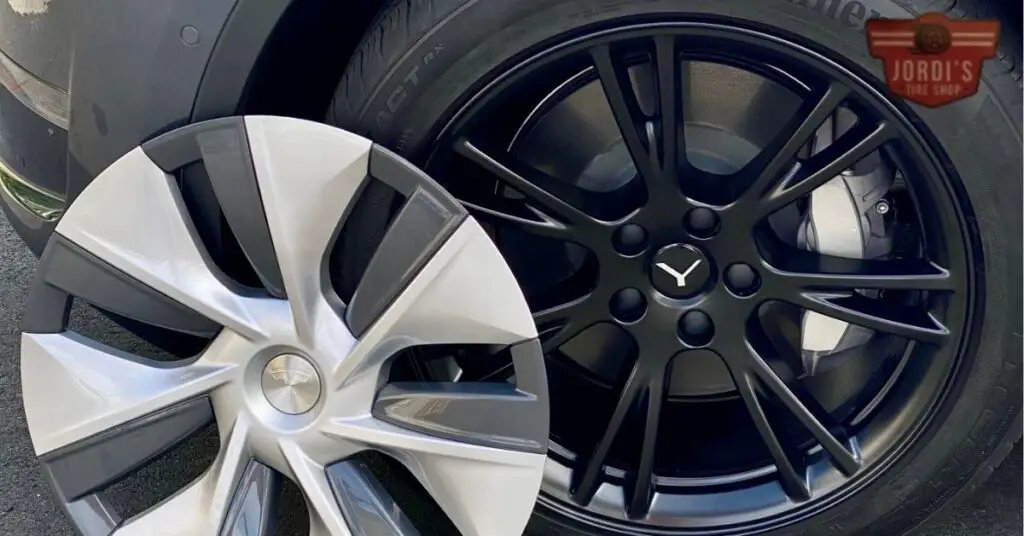
Building on our comparison between Gemini and Induction wheels for electric vehicles, let’s delve into the specific advantages and disadvantages of Gemini wheels. This analysis aims to provide a clearer picture for drivers considering these wheels for their electric vehicle.
Pros
- Improved Efficiency: Gemini wheels stand out for their aerodynamic design, contributing to better fuel efficiency. Their sleek structure helps reduce air resistance, allowing for longer distances on a single charge.
- Reduced Weight: These wheels are generally lighter than their Induction counterparts, reducing the overall weight of the vehicle. A lighter vehicle requires less energy to move, further enhancing its efficiency.
- Aesthetic Appeal: With a minimalistic and modern design, Gemini wheels offer an appealing look that complements the futuristic aspect of electric vehicles. They are well-suited for drivers who prefer a sleek, understated style.
Cons
- Limited Performance in Certain Conditions: While the aerodynamic design boosts efficiency, it may limit performance in some driving conditions. For instance, the slender design might not fare well on rough or slippery roads compared to bulkier wheels.
- Smaller Size: Gemini wheels are generally smaller in diameter, which can impact handling and stability at higher speeds. Drivers looking for a sportier drive might find this aspect limiting.
- Less Customization Options: Due to their specific design geared towards efficiency, there might be fewer options for customization. Drivers seeking to personalize their vehicle’s appearance might find this a drawback.
In navigating the choice between Gemini and Induction wheels, understanding these pros and cons is crucial. Gemini wheels undoubtedly offer benefits in efficiency and aesthetics, making them a solid choice for drivers focused on sustainability and design. However, the considerations regarding performance and customization options highlight the importance of aligning wheel selection with individual driving preferences and needs.
Pros and Cons of Induction Wheels
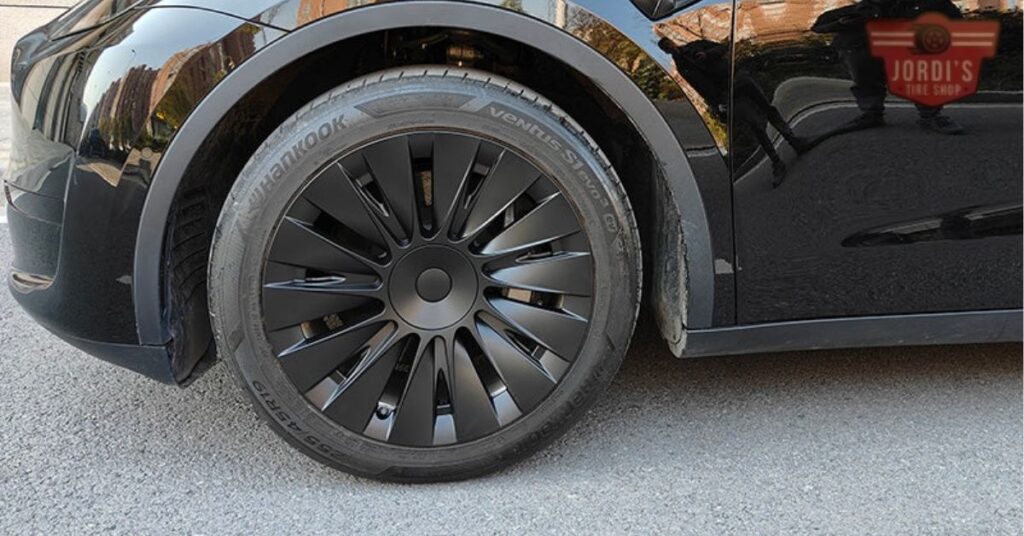
Following our discussion on Gemini wheels, we’ll now explore the advantages and disadvantages of Induction wheels to help you make an informed decision. Induction wheels, known for their unique design and performance benefits, fit electric vehicles aiming for a blend of style and enhanced driving dynamics.
Pros
- Enhanced Handling: Induction wheels generally offer better handling due to their larger size, which increases the contact area with the road. This improvement means you can enjoy more grip during turns and stable driving at high speeds.
- Visual Appeal: With their distinctive and aggressive design, Induction wheels add a sportier look to electric vehicles. For owners who prioritize aesthetics, these wheels can significantly improve a car’s visual appeal.
- Performance Improvement: Thanks to their design and construction, Induction wheels can lead to noticeable performance improvements. They’re often lighter than standard wheels, contributing to a slight increase in acceleration and potentially improved braking performance.
- Durable Construction: Designed to withstand heavier use, Induction wheels can offer better durability. Their robustness makes them suitable for varied driving conditions, from city streets to country roads.
Cons
- Reduced Efficiency: The larger size and design of Induction wheels can lead to a slight decrease in efficiency. This reduction is because they can increase aerodynamic drag and rolling resistance, affecting the vehicle’s range.
- Cost Factor: Typically, Induction wheels come at a higher price point compared to Gemini wheels. The initial investment and potentially higher replacement or repair costs should be considered.
- Ride Comfort: The sportier setup provided by Induction wheels might compromise ride comfort. Because they’re larger and often paired with lower profile tires, you might feel more road imperfections during your drive.
- Compatibility: Not all electric vehicles might benefit equally from Induction wheels. Depending on the model, the anticipated improvements in handling and performance could vary, making it essential to consider the specific vehicle characteristics.
As we compare Gemini and Induction wheels, it’s clear that both offer unique benefits tailored to different preferences and driving needs. Whether you value efficiency and lighter weight or prioritize handling and aesthetics, choosing the right wheel type plays a crucial role in enhancing your electric vehicle experience.
User Experiences and Reviews
Delving into user experiences and reviews offers a clear glimpse into how Gemini and Induction wheels perform in the real world, beyond the specs and manufacturer promises.
Owners using Gemini wheels often highlight their satisfaction with the increased efficiency these wheels provide. One consistent praise is for the notable improvement in range, a critical aspect for electric vehicle enthusiasts. However, some users point out that while the aerodynamic design does indeed help with energy consumption, it can somewhat limit the vehicle’s aesthetic customization options and performance in harsher driving conditions.
On the flip side, Induction wheels receive acclaim for significantly enhancing the driving experience, especially in terms of handling and stability. Users love the added confidence these wheels seem to instill on curvy roads or when driving at higher speeds. The visual appeal of Induction wheels is another frequently mentioned benefit, with many admiring the bold statement they make. Yet, it’s not all without drawbacks. A common critique centers on the trade-off between improved performance and a slight dip in overall efficiency. Additionally, the increased upfront cost and potential for a firmer ride due to the larger wheel size are points of consideration for some.
Across forums, social media platforms, and direct feedback, a pattern emerges: choosing between Gemini and Induction wheels depends greatly on individual priorities. If maximizing range and enjoying a lighter aesthetic are top of mind, Gemini wheels seem to be the way to go. For those valuing performance, style, and a sportier feel, Induction wheels are often the preferred choice. It’s evident that both options have their own set of fans and critics, but personal driving habits and vehicle usage play a significant role in tilting the scales towards one or the other.
Conclusion
Deciding between Gemini and Induction wheels boils down to what we value most in our electric vehicle experience. If maximizing efficiency and range is our top priority, Gemini wheels are the way to go. They’re sleek and designed with performance in mind. On the other hand, if we’re after a superior driving experience with a touch of style, Induction wheels might be more up our alley despite the slight dip in efficiency and higher price tag. Ultimately, it’s our individual preferences and driving habits that will guide us to the perfect choice. Let’s make sure we weigh these considerations carefully to enhance our journey on the road.
Related Posts:

